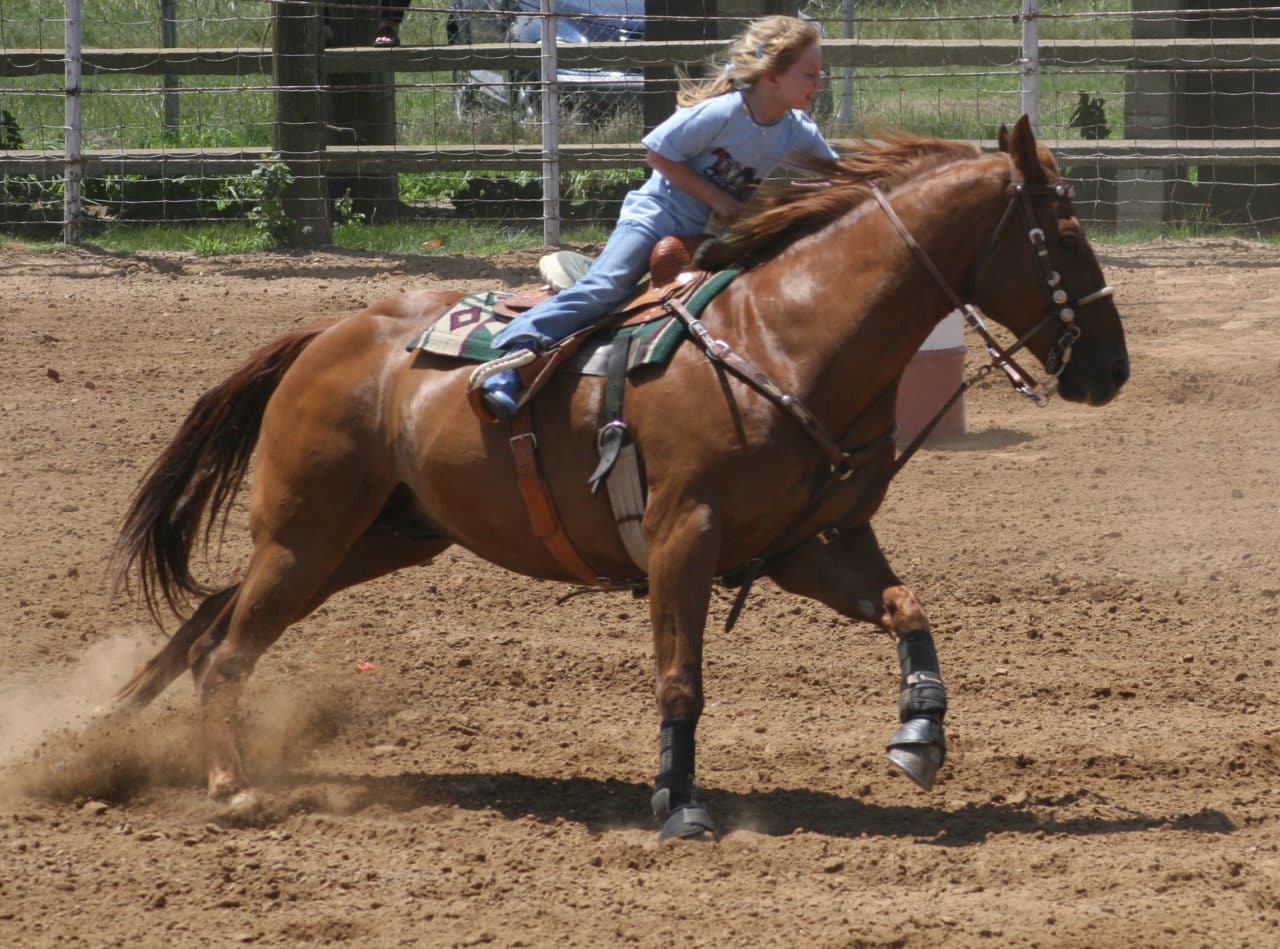
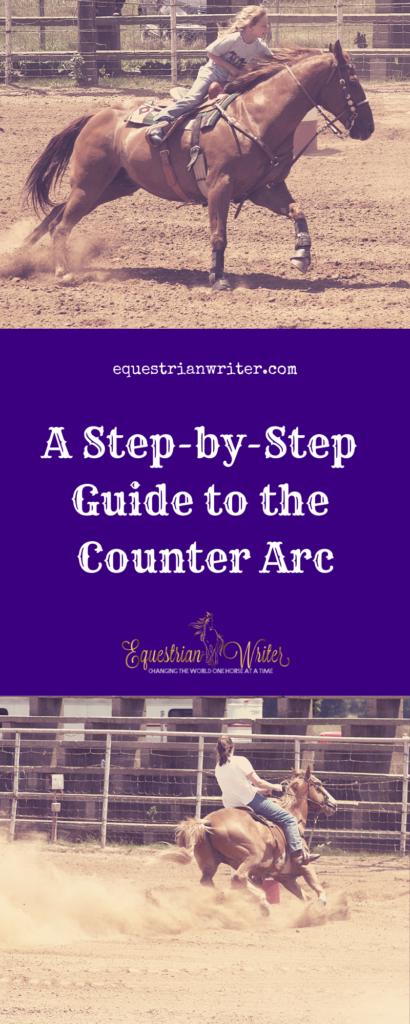
Uses for the Counter Arc
The counter arc is often used by trainers to correct a horse with a tendency to drop his shoulder. It is an especially important tool for disciplines such as barrel racing which require sharp turns at high speeds.
Prerequisites
- collection
- shoulder control
- bend
- neck reining
- impulsion
Before you begin teaching the counter arc using this method, you really need to be familiar with the dressage style of steering with your seat (The Art of Neck Reining).
Teaching the Counter Arc
Step 1: The Approach
Put the horse on a circle. In this case, let’s say you are circling to the right. Let it be a rather large circle so the horse has whatever amount of bend that he is comfortable with. Preferably this is done at the trot, but it can be done at whatever gait you are most comfortable with. Make sure his back is up, he is stepping under himself, and he is maintaining proper impulsion. Pick a point on the circle where you will begin your arc. In the five strides before you reach your chosen point on the circle, push for slightly more impulsion. Don’t push too hard. All you need is a tiny bit extra to get the horse stepping up under himself with a bit more purpose.
Related Content: What is pressure and release training?
Step 2: The First Step
On your circle you should already be set up with your inside leg slightly forward and your outside leg a little back with your shoulders square with the shoulders of the horse. If you don’t know what I’m talking about, go refresh your memory with the article on The Art of Neck Reining.
When you reach the designated point on the circle, all you need to do is maintain the bend through the horse’s bend with your legs while picking your inside shoulder up like you are exiting the circle in a straight line. The horse should side step out of the circle counter bent for a stride or two.
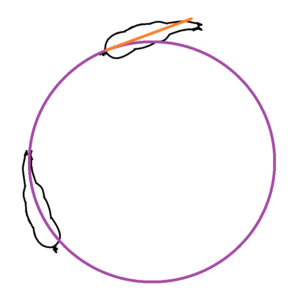
This will be very strange for the horse and difficult, so don’t ask for more than a stride. As soon as you get that stride, put him right back on that circle and continue circling like nothing happened. Do that another time or two at different points around the circle, then move on to something else
Related Content: How do I ride inside leg to outside rein?
Step 3: Practice, Practice, Practice
Once you are getting one stride with little resistance, ask for one more, then another and another. Only up the ante when your horse is completely comfortable with what you are currently asking of him though. Have patience and take baby steps.
Related content: What is the difference between consistency and repetition?
Common Rider Mistakes
1. Failure to Prepare the Horse
Too many riders attempt to use the counter arc as a corrective maneuver for a dropped shoulder on a horse that does not have the knowledge of the proper prerequisites to achieve a true counter arc. A horse with a hollow back, stiff ribcage, and little shoulder control is going to fight the arc. He will get “sticky” from a lack of impulsion and feel trapped. This can quickly lead to rearing.
2. Not Maintaining Proper Bend
Maintaining the counter bend is vital to the counter arc. This is, of course, the most difficult part of the maneuver for both horse and rider. You need to ride the horse’s bend while picking up his shoulders and moving him in the direction directly opposed to that bend. This takes immense practice and concentration from both horse and rider.
Common Horse Mistakes
1. Getting “Sticky”
Getting sticky is when a horse shuts down impulsion and lacks forward motion. He suddenly feels sluggish and slow. This is extremely dangerous as it often leads to rearing or bucking. If you feel your horse getting to sticky and bogged down in the counter arc, push him out of the arc and back onto the circle. Stretch him on the circle for a few rounds before collecting him up to try again. Be careful not to get too hard on his face and over collect as this can easily cause a horse to become sticky.
2. Jackknifing
Jackknifing is when the inside shoulder drops, the outside shoulder pops out, and the horse falls on the forehand despite having his nose bent to the inside. In the case of circling the right and counter arcing to the left, a horse that jackknifes will drop the right shoulder, pop out the left shoulder, and swerve out of the circle to the left even though his head is still bent to the right.







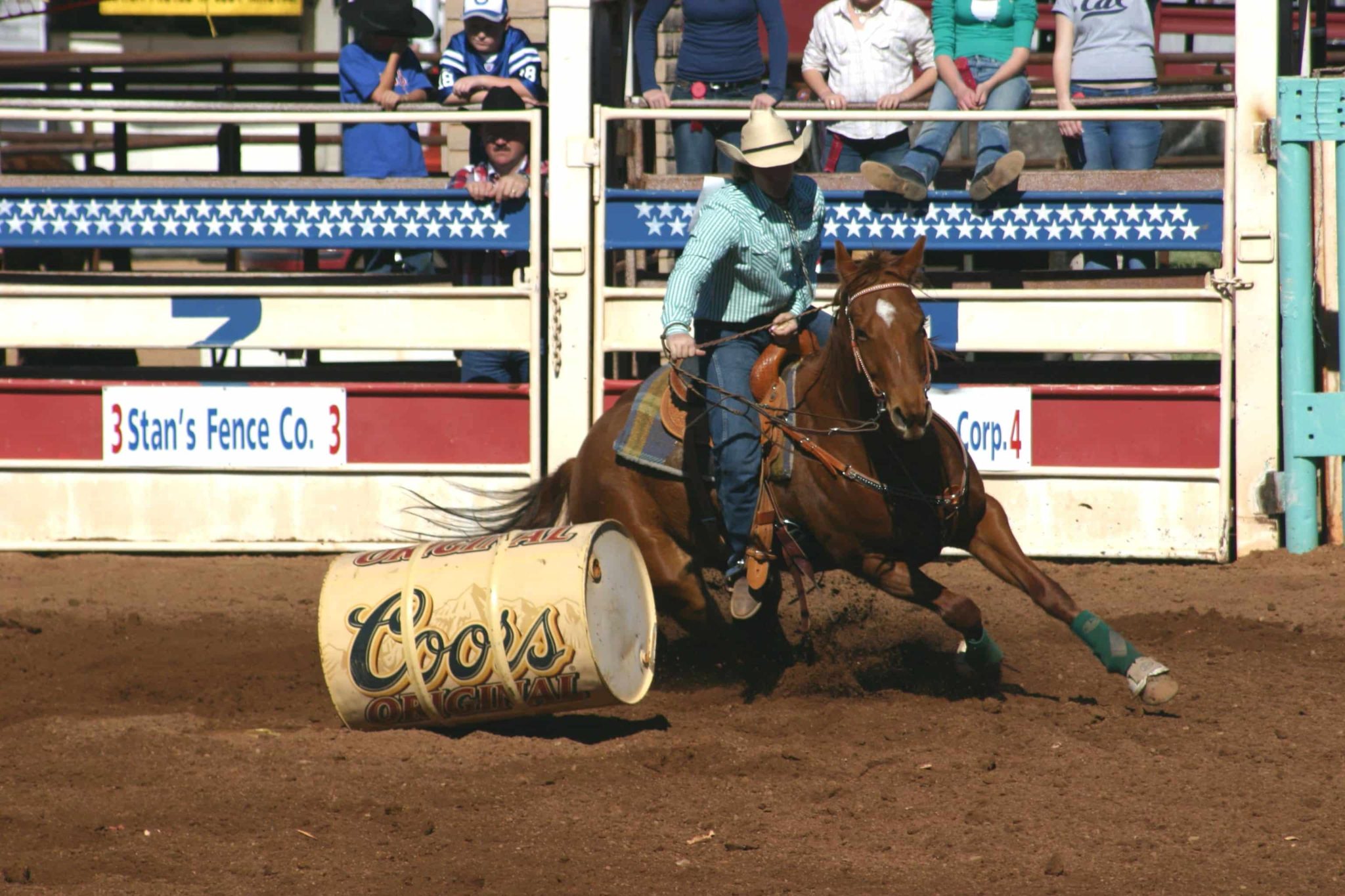
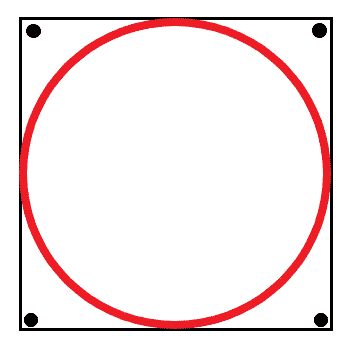
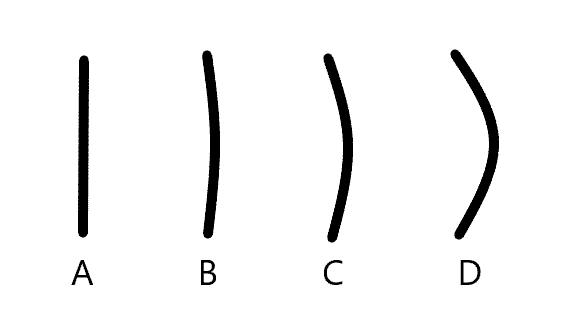
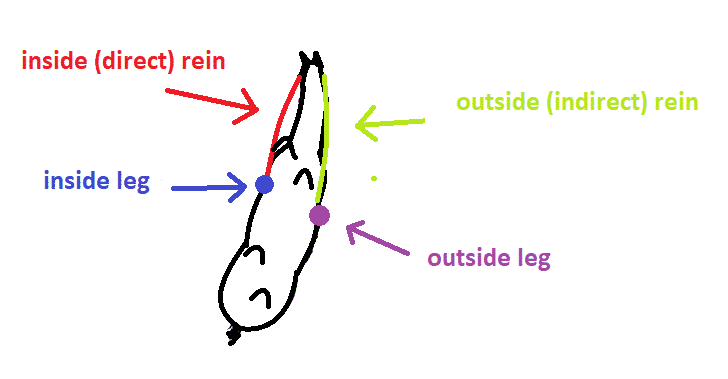
Thank you for your assistance.